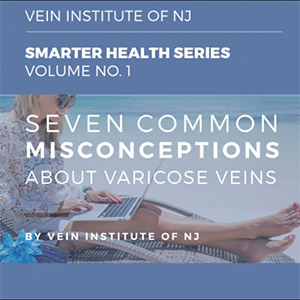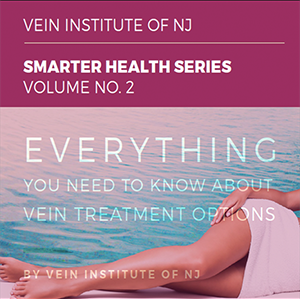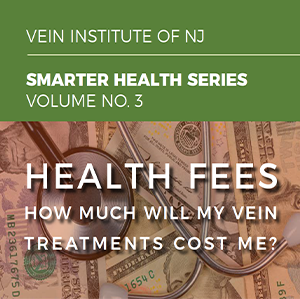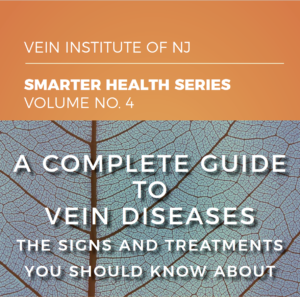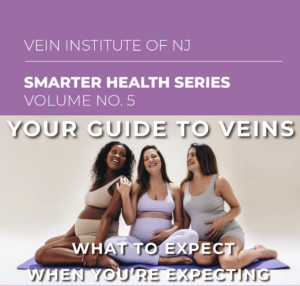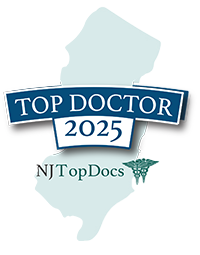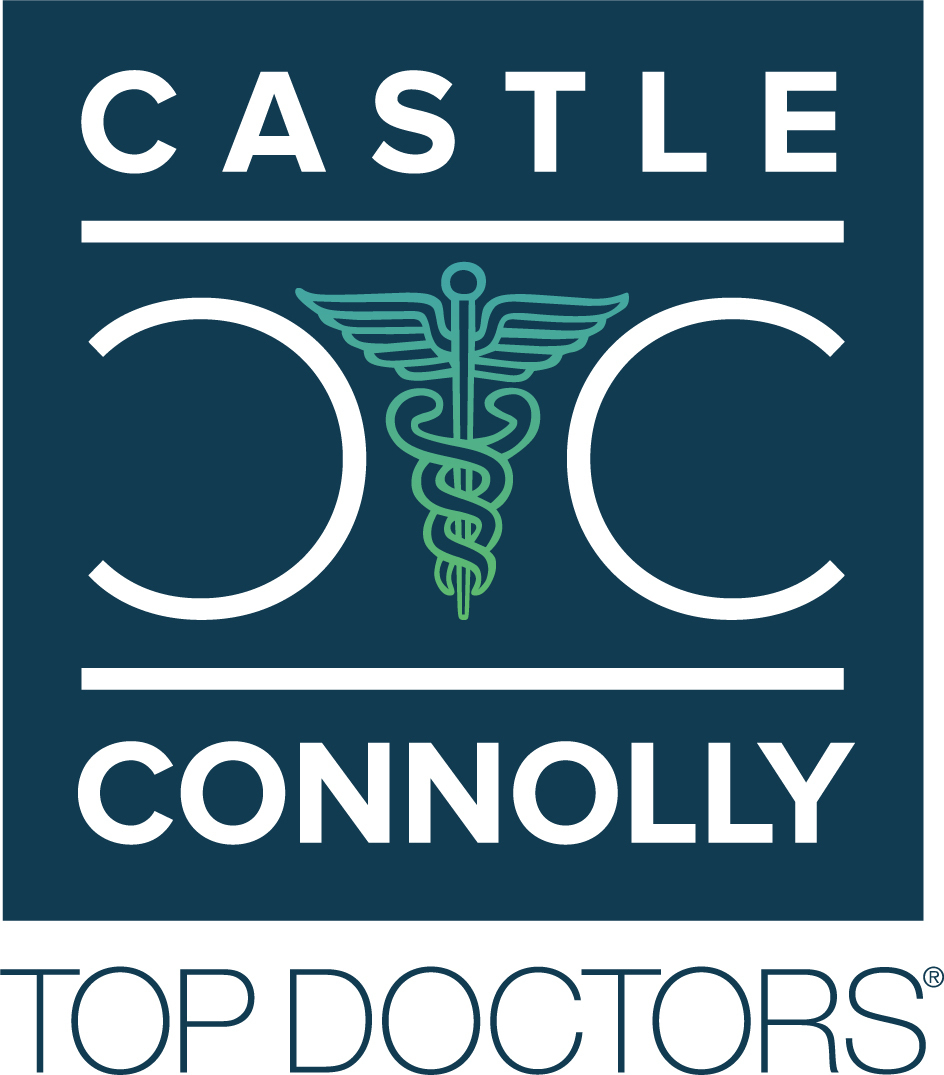About Veins
Watch our latest video …
Download our latest eBooks on varicose vein treatments
Click on a book to download and get the facts on varicose veins
Information About Veins
There are three types of veins that may cause problems…
Varicose Veins
These are the swollen or stretched veins that protrude from the skin like small sections of rope. Normally, your veins direct oxygen-poor blood back to the heart and lungs to become oxygen enriched—and one-way valves inside your veins help keep the blood moving in the right direction. However, sometimes valves in your veins can become defective, allowing blood to leak back and pool in the leg. This enlarges the vein and causes congestion and discomfort.
Problems with Varicose Veins
Fatigue, swelling, throbbing, heaviness, aching, restlessness in the legs, cramping at night, itching and burning of the skin are all common with varicose veins. In advanced cases, these problems can lead to skin rash, pigmentation changes, inflammation, ulceration, and bleeding.
Reticular Veins
These are somewhat smaller than varicose veins and are necessary to carry blood to the capillaries in your skin. They have thin walls that expand under excessive pressure. Though they are large enough to be unsightly, they are not technically classified as “varicose” veins.
Spider Veins
Those annoying, unattractive spider veins are actually enlarged capillaries that appear as small red, blue or purple lines. Usually less than 2 millimeters in diameter, they are sometimes raised from the surface of your skin.
Problems with Spider Veins
Purple web-like or line-like discoloration of veins are the most common problems patients with spider veins report to us. Pain in the legs, throbbing, itching, cramping, and restlessness of the leg may occur—but are not common.
Causes of Varicose and Spider Veins
Over 80 million people have problems with varicose veins and spider veins. You’ve probably heard relatives say “these vein problems run in the family” because such conditions are often hereditary. Hormonal factors such as puberty, pregnancy and menopause, and the use of birth control pills containing estrogen or progesterone can also affect the veins. Age, leg injury, obesity, lack of exercise, weight fluctuation, constriction, and prolonged sitting and standing can be additional contributing factors.

